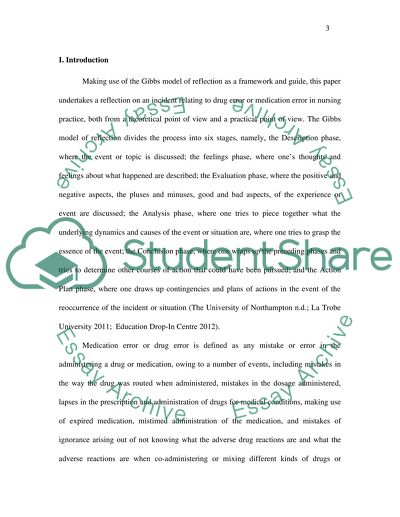Cite this document
(“Reflection Essay Example | Topics and Well Written Essays - 2000 words”, n.d.)
Retrieved from https://studentshare.org/nursing/1473320-reflection
Retrieved from https://studentshare.org/nursing/1473320-reflection
(Reflection Essay Example | Topics and Well Written Essays - 2000 Words)
https://studentshare.org/nursing/1473320-reflection.
https://studentshare.org/nursing/1473320-reflection.
“Reflection Essay Example | Topics and Well Written Essays - 2000 Words”, n.d. https://studentshare.org/nursing/1473320-reflection.


